This is the last in a series of articles on the recent Sydney Film Festival. [Part 1] [Part 2] [Part 3] [Part 4] [Part 5]
“In pictures, the place of language is to be taken by the camera, and by cutting. You have to write with the camera” – Douglas Sirk
 Douglas Sirk
Douglas SirkAn important but less publicised section of this year’s festival was the screening of five classic Hollywood melodramas—Magnificent Obsession (1953), All That Heaven Allows (1955), There’s Always Tomorrow (1955), Written on the Wind (1956) and Imitation of Life (1959)—by Douglas Sirk, the great Danish-German director.
While most critics initially panned Sirk’s Hollywood movies as “soap operas” and “women’s pictures,” by the late 1960s they had been rediscovered and acclaimed by a number of European and American film writers. Directors such as Rainer Werner Fassbinder, Todd Haynes and many others, including more recently Mathew Weiner, who created the HBO television series Mad Men, cite Sirk as a major influence. Fassbinder’s Ali: Fear Eats the Soul (1974) is partly based on All That Heaven Allows.
The acclaim was not unanimous, however. In 1974, Frankfurter Rundschau critic, Wolfram Schütte, denounced the praise as a “sign of leftist melancholy.” Sirk’s movies, he declared, were “legitimisations of the status quo, the grand humanisation of the ‘evil’ world, mediocre emotional slop, moralistic philistinism, in short melodrama at its worst, i.e., false thoughts plus false feelings equal false films.”
Sirk’s melodramas, of course, are not all works of genius—he worked in Hollywood during the artistically difficult conditions of the red-baiting McCarthyite era and the American post-World War II boom. Hollywood studio chiefs, moreover, imposed their own restrictive standards—happy endings, for example, were virtually compulsory. But an objective and sensitive evaluation of Sirk’s best work reveals an exceptional artist and one whose socially-conscious movies have a timeless quality.
Sirk’s particular genius was to take the American melodrama genre and transform it into a visually elegant vehicle for evocative exposures of the prevailing social mores. As one critic, correctly observed, Sirk’s films “are full of idylls, hopes, and happy ends, but at the same time they contain an awareness that all bourgeois self-satisfaction is ultimately spurious and ephemeral.”
German theatre
Sirk, like many of the filmmakers, musicians and writers who left Germany following Hitler’s seizure of power in 1933, had a rich artistic and political history. Born Hans Detlef Sierck to Danish parents in Germany at the turn of the century, he studied law and philosophy after World War I, regarded himself as a socialist, and was inspired by the 1917 Russian Revolution.
As he later recalled in the valuable extended Sirk on Sirk interviews [1]: “There was such a climate of excitement after the war for the Russian Revolution, for Russian culture. We looked to Russia as the bright new world.”
Sirk was also an active supporter of the revolutionary Bavarian Soviet Republic (Raterepublik 1918-19) and knew many of its leading figures. “Even though the Raterepublik collapsed—and in a bloodbath,” he said, “at the time it was very moving, all these poets in power. Not knowing what to do admittedly, and utterly overcome by events. But there was a wonderful explosion in everything—not just theatre and cinema, but also in painting.”
Sirk worked with the Neue Hamburger Zeitung for a year in 1920, studied the history of art at Hamburg University, and in 1922 had his German translations of Shakespeare’s sonnets published. He also attended Albert Einstein’s lectures on relativity in Hamburg and said he was moved by the “dark and mighty breath of the new century.”
Sirk began his career in theatre, working first as an assistant director in 1921 and then becoming director of the Kleines Theatre in Chemnitz. He soon rose to become a leading figure in German dramatic art over the next decade, directing plays by Shakespeare, Sophocles, Molière, Strindberg, Ibsen, Schnitzler, Pirandello, Bertholt Brecht and Kurt Weill, to name a few.
In 1929, Sirk was appointed director of the Altes Theatre in Leipzig, a position he held until 1936, directing a range of increasingly left-wing productions. Brecht considered Sirk’s production of The Threepenny Opera, the most subversive. The following year Sirk directed Berhard Blume’s In the Name of the People, a drama about the Sacco and Vanzetti frame-up. The production was denounced by Hitler’s fascists and banned in the regions they dominated.
Hitler’s Brown Shirts attempted to disrupt performances of Sirk’s production of George Kaiser and Kurt Weil’s expressionist musical Silbersee (The Silver Lake) when it premiered in 1933, just after the Nazis seized power. Sirk described the work as “tough social criticism, ten times tougher than any Brecht play” and “all about hunger and poverty.” Theatre historian Hans Rothe hailed the production, declaring that its premiere was “the last day of the greatest decade of German culture in the twentieth century.”
The Nazis eventually shut down the show after nine performances and banned all future productions. Weill and the play’s production designer Caspar Neher, a long-time artistic collaborator of Brecht, fled Germany.
In an attempt to lower his political profile, Sirk began moving out of theatre work and into film, where he directed seven features between 1935 and 1937 for the UFA (Universum Film AG). The privately-owned studios apparently employed a number of clandestine anti-fascists.
Sirk later explained that he was profoundly shocked by the cowardly response of wide layers of the German intelligentsia to the Nazis. “Basically, the vast majority of the non-Jewish German intelligentsia went along with Hitler, or was pro-Hitler, or even downright Nazi, like [philosopher Martin] Heidegger,” he said.
“Heidegger was a Nazi.... He tried to present [Freidrich] Hölderlin [1770-1843] as a fascist poet. But, Hölderlin was nothing of the sort; on the contrary, he was very much influenced by the French Revolution.... Heidegger is largely responsible for the benighted Nazi view of Hölderlin.” [2]
While many anti-fascist filmmakers, writers and artists went into exile during this time, Sirk remained in Germany, mistakenly believing that the Nazi regime would not last. He was also attempting to win access to Claus Detlef, his son from his first marriage to Lydia Brinken. Brinken, who became a fascist, publicly denounced Sirk for marrying Hilde Jary, a Jewish actress, and then stopped him seeing Detlef, who had been enrolled in the Hitler Youth by his mother and was a popular child film star.
Intensely hostile to the regime and the escalating repression, Sirk and Jary finally left Germany in 1937 and, after making two more movies in Europe, moved to the US in 1941. He never again saw his son, who was killed during the war on the Russian front.
Exile in Hollywood
Sirk was signed to a lengthy contract by Columbia Pictures chief Harry Cohn. But Hollywood already had its fair share of European filmmakers—Max Ophuls, Fritz Lang, Robert Siodmak, Billy Wilder and Jean Renoir, to name a just a few—and Cohn refused to give him any work.
“Between Mr Hitler and Harry Cohn,” Sirk said, “I lost more than ten years of my life. Cohn told me, ‘You do exactly what I will tell you to do. If I tell you to work, you work. If I don’t, you don’t. You know, you’re only here on sufferance anyway, as a kind of act of charity’.”
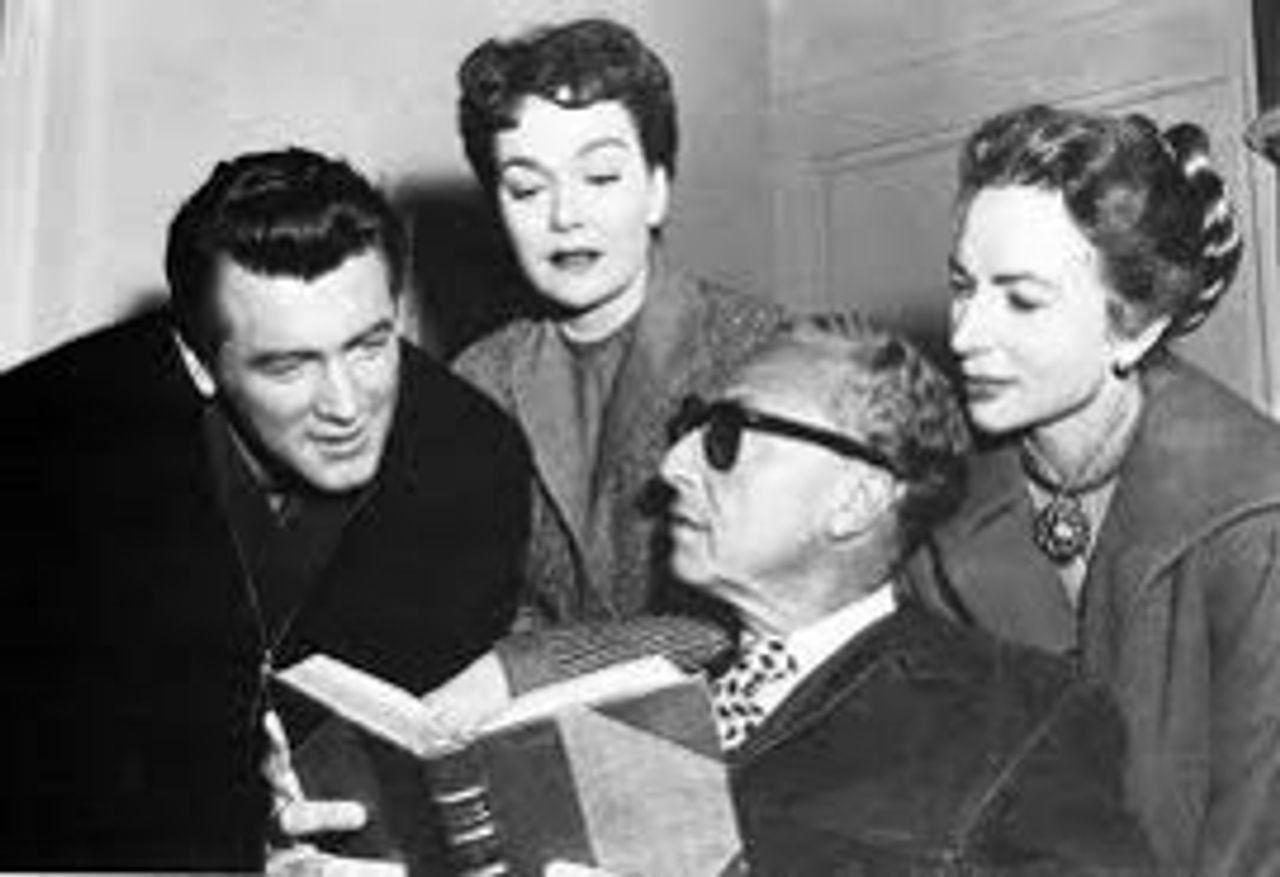 Sirk with Rock Hudson, Jane Wyman
Sirk with Rock Hudson, Jane Wymanand Agnes Moorehead
Unable to direct his first real feature until 1943-44, Sirk, not surprisingly, had a love-hate relationship with the American film industry. He eventually signed with Universal Pictures, and assembled a group of talented technicians and collaborators, including cinematographer Russell Metty, screenwriter George Zuckerman, art director Alexander Golitzen, composers Frank Skinner and Joseph Gershenson, and actors Rock Hudson, Jane Wyman, Barbara Stanwick and others.
Sirk went on to direct about 30 features in Hollywood, but ended his filmmaking career in 1959. The director and his wife Hilde eventually moved to Switzerland.
The Streets of Montmarte, a planned film on the life of artist Utrillo and based on a script by Eugène Ionesco, was dropped after Sirk became ill. He recovered and went on to direct a few theatre productions and in the mid-1970s taught at the film and television school in Munich. He died in Switzerland in 1987.
American melodramas
“Melodrama in the American sense,” Sirk explained, “is the archetype of a kind of cinema which connects with drama. Richard III, for example is practically a melodrama. Aeschylus and Sophocles wrote plenty of melodramas, as well... But what used to take place in the world of kings and princes has since been transposed into the world of the bourgeoisie.”
Sirk’s most inspired and critically acclaimed work was from 1950 to 1958, and the melodramas screened at this year’s festival were selected from this period.
Many of Sirk’s best movies were modified remakes of earlier American features, while others were drawn from popular fiction, with relatively simple plots and often bland dialogue. But Sirk went beyond plot and language. In fact, it is difficult to fully convey the intensity of Sirk’s best films in a written synopsis.
Sirk’s camera placement, lighting and set design, and the use of mirrors, shadows, door and window frames, stairways and other elements help create an intense, and often ironic, social commentary about people trapped in a deeply inhumane world—one in which wealth, privilege and the associated “values” cannot bring real fulfilment.
Magnificent Obsession, for example, is about Bob Merrick (Rock Hudson), an ignorant playboy who is inadvertently responsible for the death of a generous and much loved doctor. Realising his selfishness, Merrick attempts to secure the forgiveness of the doctor’s widow, Helen Phillips (Jane Wyman), but is responsible for another terrible accident and she is blinded. Hopelessly in love with Phillips, he realises that he must change his entire life, if he is to win her trust and affection.
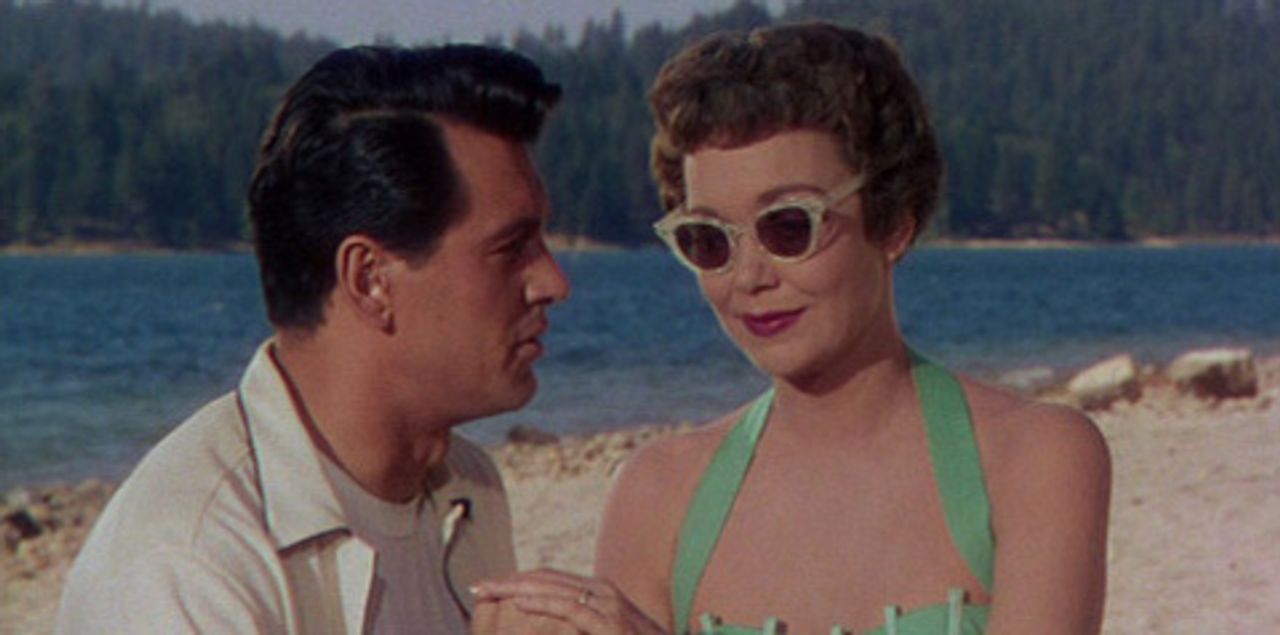 Magnificent Obsession
Magnificent Obsession
All That Heaven Allows is also about a recently widowed middle-class woman, Cary Scott (Jane Wyman). Set in a comfortable and rather insulated small New England town, the movie highlights and challenges a range of cruel social conventions.
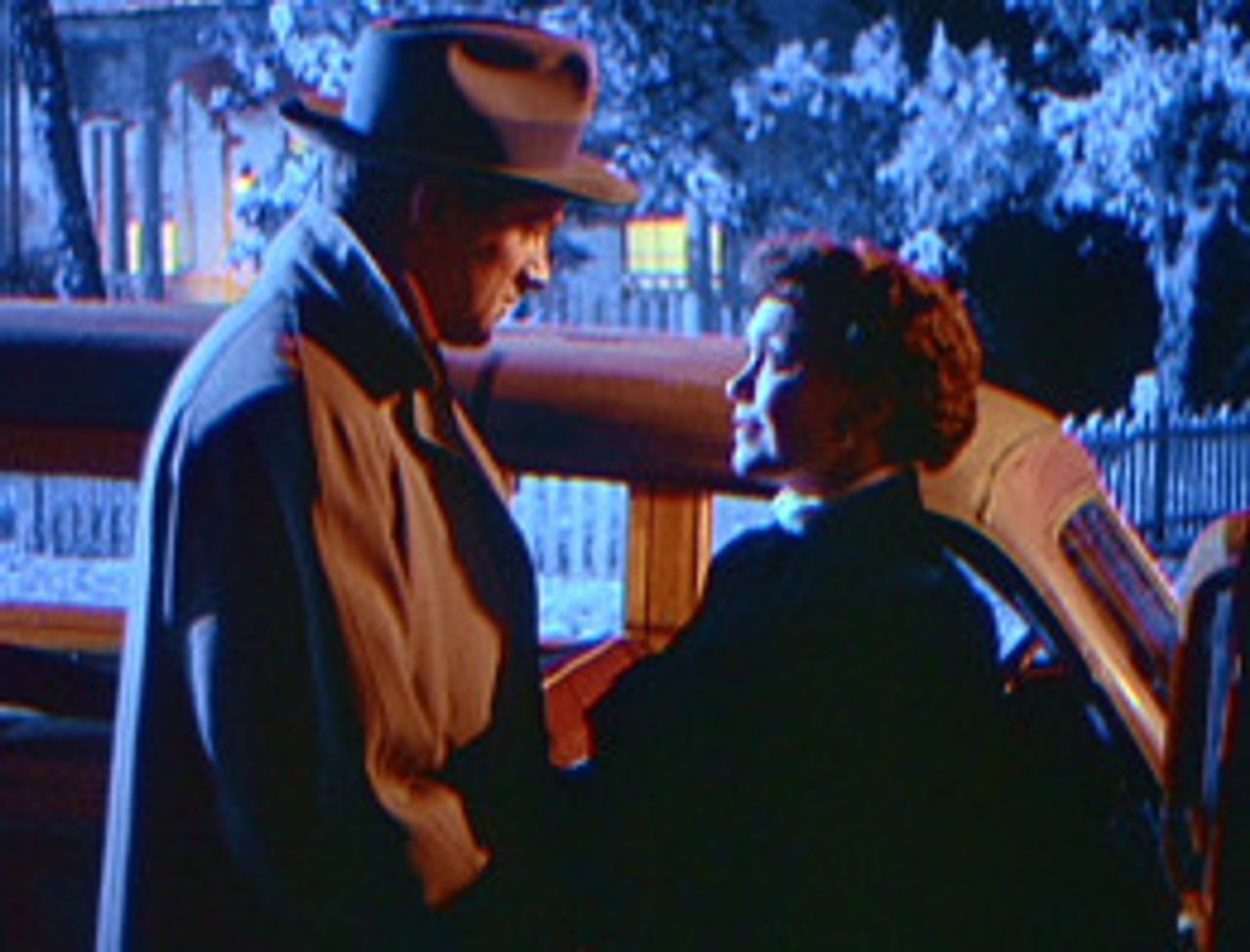 All That Heaven Allows
All That Heaven AllowsScott lives alone but has two college-age children who occasionally visit her on the weekends. She falls in love with her gardener, Ron Kirby (Rock Hudson), who is much younger than her. He has no time for small town conventions and wants to marry Scott. She agrees but her children vehemently oppose the relationship, as do some of her gossiping country club friends. She decides to end the affair but soon realises her mistake, recognising that the less-economically secure but free-spirited Kirby is the only person that can fulfil her life.
All That Heaven Allows contains some indelible moments: a confrontation at the country club; clashes between Scott and her disapproving children; and their decision to present their mother with a television set, which is supposed to keep her company. Scott’s despairing face, reflected on the blank television screen in her plush home, is unforgettable.
While Sirk’s best work explores the restrictive conventions imposed on women, There’s Always Tomorrow is a compelling 84-minute black and white examination of the social pressures on men.
 There’s Always Tomorrow
There’s Always TomorrowThe story centres on Clifford Groves (Fred MacMurray), a “happily married” and successful toy manufacturer in Pasadena. Groves works hard, and his business is healthy, but he is unloved by his wife, and their three children take him for granted. A surprise reunion between Groves and Norma Vale Miller (Barbara Stanwyck), a former co-worker, causes Groves to question his entire life.
Miller is now a successful fashion designer and Groves is smitten by her sophisticated charms and inevitably falls in love. He begins making preparations to leave his wife and family, when his children intervene to break up his plans. The movie’s concluding scenes are heartbreaking and haunting. The final image, and one of the few close-ups, is of Groves’s newest toy designs—a wind-up robot—as it moves across the factory work bench.
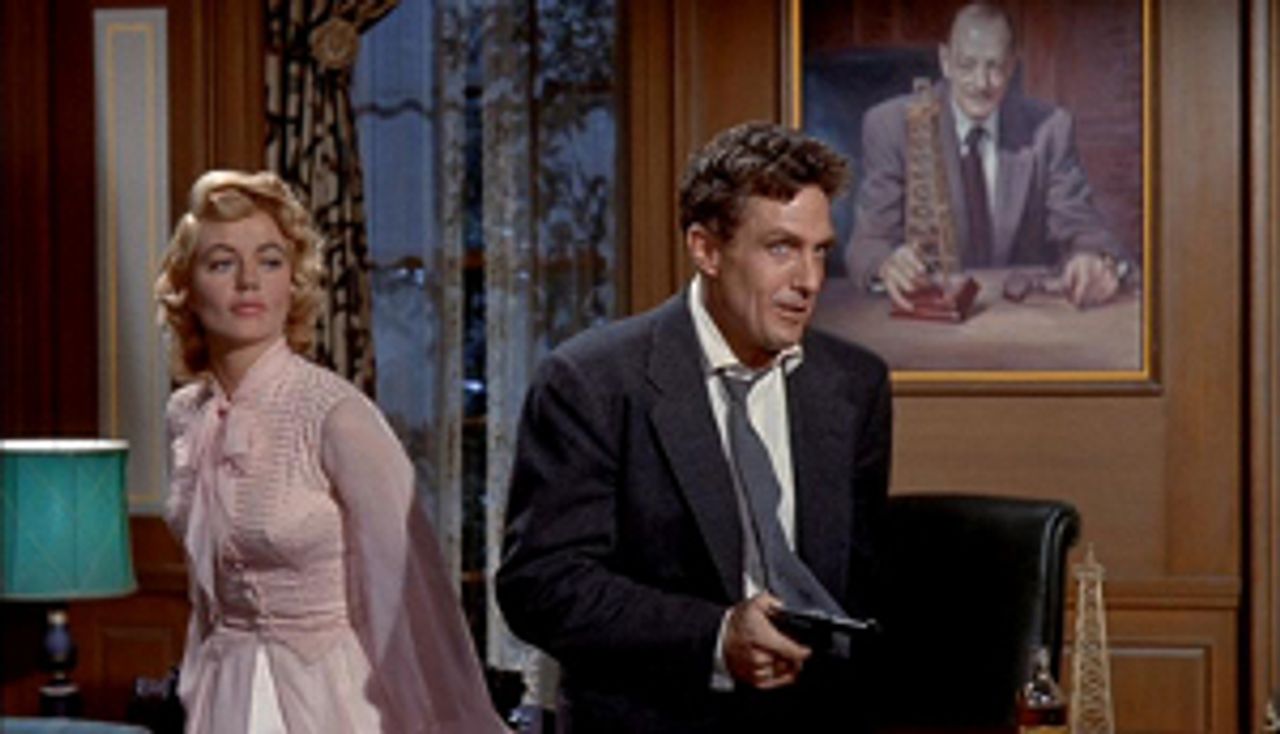 Written on the Wind
Written on the WindIn Written on the Wind, which is based on a novel by Robert Wilder, Sirk turns his attention to the nouveau riche—in this case the Hadleys, an imploding Texas oil family. Kyle Hadley (Robert Stack), the only son, is a self-destructive alcoholic, who falls in love with advertising executive Lucy Moore (Lauren Bacall) and temporarily mends his ways. His promiscuous sister Kyle (Dorothy Malone) is in love with Hadley Oil’s geologist, Mitch Wayne (Rock Hudson), who is indifferent to her.
The visually striking cinemascope production is about excess and unfulfilled love, with the principal characters desperately grasping for the unattainable; their wealth and power unable to give them what they want. The intense drama and lush settings give the movie a dark, almost operatic quality. As Sirk later noted, Written on the Wind portrayed “a condition of life” that “in many respects anticipated and which is not unlike today’s decaying and crumbling American society.”
Sirk’s last movie, Imitation of Life, is a powerful critique of racism in America. The movie opens in 1947 with Lora Meredith (Lana Turner), a poor single mother and an aspiring actress with one daughter, Susie (Sandra Dee) befriending Annie Johnson (Juanita Moore), a homeless black woman who also has daughter, Sarah Jane (Susan Kohner), at Coney Island.
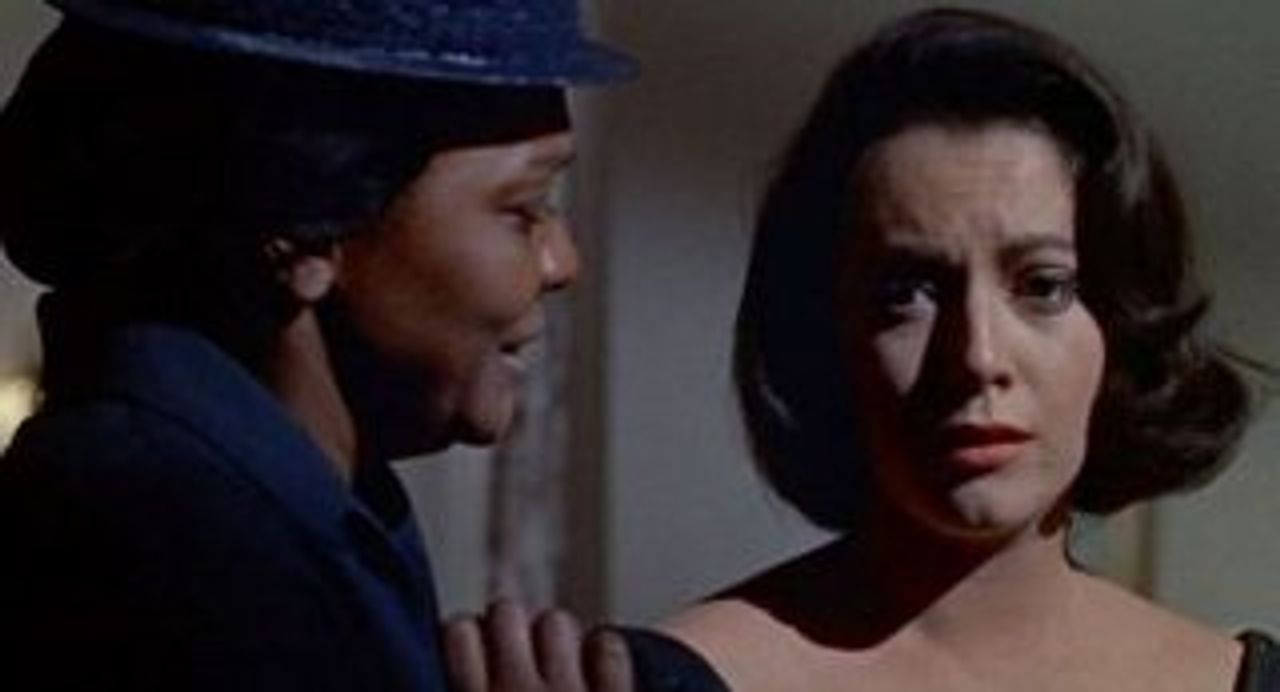 Imitation of Life
Imitation of LifeJohnson who is desperate for somewhere to live, offers to work as Lora’s maid for food and lodging. She moves into Meredith’s tiny apartment and the two mothers becoming life-long friends. As the years pass, Meredith becomes a successful actress but the two daughters become increasingly alienated from their mothers, and each other. Sarah Jane, who is light-skinned, and ashamed of being black and of her mother Annie, drifts into the world of cabaret, pretending that she is white. She breaks off all contact with her mother.
The movie concludes with Annie’s death and a tearful reconciliation between Lora, Susie and Sarah Jane at her funeral. While the movie ends with a sense of resolution—the sort of ending acceptable to Hollywood—Sirk’s feature is structured in such a way that no one believes that the reconciliation between the three women will endure, or that the society that created their tragedy will change. The unstated question raised by this extraordinary film is what should be done about it.
While Imitation of Life was a massive commercial success—and remained Universal Pictures’s highest earning film until the early 1970s—Sirk left the US and stopped making films.
“I had outgrown this kind of picture-making which …was typical of Hollywood in the fifties and American society, too, which tolerated only the play that pleases, not the thing that disturbs the mind,” he later stated.
Sirk was a remarkable talent and while many contemporary filmmakers have been inspired by his movies, few have been able to replicate the aesthetic and emotional heights of his best work. Sirk’s power, moreover, was not a question of technical expertise but a product of the rich artistic heritage and progressive social outlook in which he was steeped.
Concluded
Notes:
1. Sirk on Sirk: conversations with Jon Halliday, (Secker and Warburg, 1971).
2. Martin Heidegger (1889-1976) joined the Nazi Party in May 1933, after Hitler seized power. Heidegger declared in his inaugural address as the University of Freiburg rector May 27: “The German people must choose its future, and this future is bound to the Führer.”
